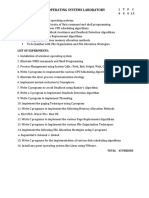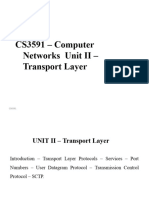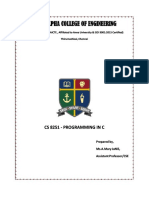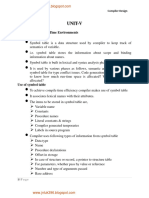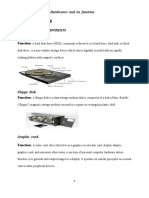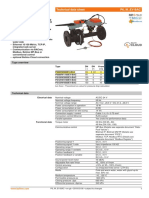100% found this document useful (1 vote)
4K views16 pagesMemory Bounded A Algorithm
The document describes an algorithm to solve a constraint satisfaction problem:
1. It defines functions to add a color to a province, check restrictions between provinces, and solve the overall CSP.
2. The solveCSP function recursively tries adding colors to provinces while checking restrictions until a solution is found or no valid assignments remain.
3. The program is tested by inputting the number of colors and printing the solution returned by solveCSP.
Uploaded by
TURAGA VIJAYAAKASHCopyright
© © All Rights Reserved
We take content rights seriously. If you suspect this is your content, claim it here.
Available Formats
Download as DOCX, PDF, TXT or read online on Scribd
100% found this document useful (1 vote)
4K views16 pagesMemory Bounded A Algorithm
The document describes an algorithm to solve a constraint satisfaction problem:
1. It defines functions to add a color to a province, check restrictions between provinces, and solve the overall CSP.
2. The solveCSP function recursively tries adding colors to provinces while checking restrictions until a solution is found or no valid assignments remain.
3. The program is tested by inputting the number of colors and printing the solution returned by solveCSP.
Uploaded by
TURAGA VIJAYAAKASHCopyright
© © All Rights Reserved
We take content rights seriously. If you suspect this is your content, claim it here.
Available Formats
Download as DOCX, PDF, TXT or read online on Scribd
/ 16









